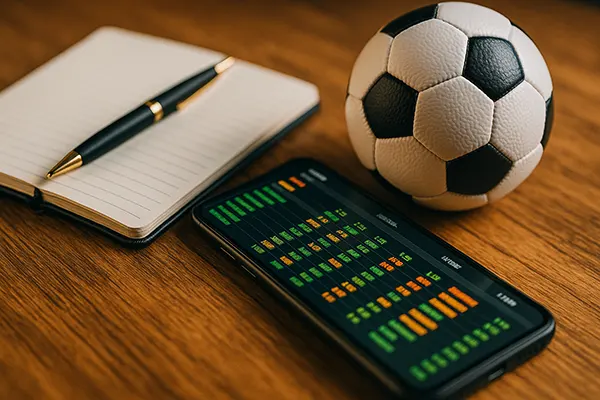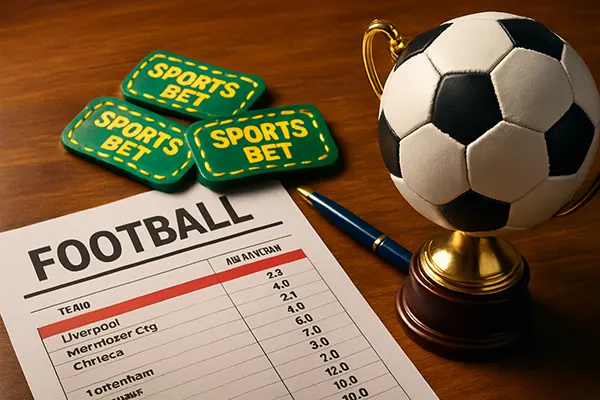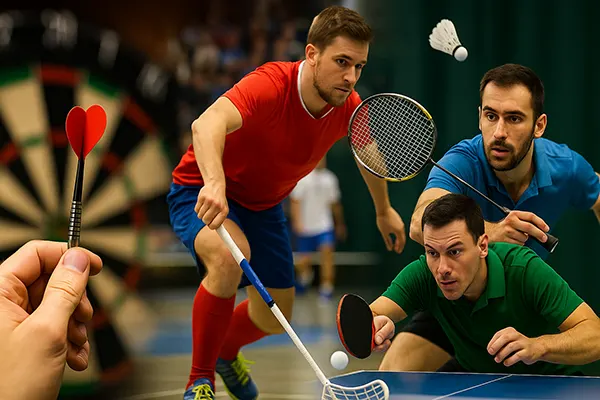Analysing betting lines is a critical skill for anyone aiming to make informed wagers. It’s not simply about guessing a match outcome but understanding the deeper mechanics behind what the bookmaker offers. This article explores how odds are set, what margins mean, and why odds fluctuate over time.
Understanding Bookmaker Odds
Odds are the core element of any betting offer. They reflect the probability of a given outcome and determine how much money a punter stands to win. There are three major formats for odds: fractional (commonly used in the UK), decimal (used across Europe), and moneyline (used mainly in the USA).
For example, decimal odds of 2.00 imply a 50% implied probability (1 divided by 2.00), and a successful £10 bet would return £20. Each format presents the same underlying information differently. Understanding how to convert and interpret these is crucial for proper decision-making.
Odds are not static. They are influenced by factors such as team news, injuries, betting volumes, and insider information. As a result, staying updated with odds movement is as important as choosing the right selection.
Interpreting Implied Probability
To reverse-engineer what the bookmaker thinks the chances of an event are, you can convert odds into implied probability. For decimal odds, the formula is simple: 1 divided by the odds. For example, decimal odds of 1.80 suggest a 55.6% implied chance.
By comparing implied probabilities across different bookmakers or to your own assessment, you can identify potential value bets. This practice is often used by seasoned punters aiming to exploit market inefficiencies.
However, implied probabilities always include the bookmaker’s margin. Therefore, the total implied probability for all outcomes often exceeds 100%. This is where understanding margin becomes essential.
The Role of the Bookmaker’s Margin
The bookmaker’s margin, also called the overround or vig, ensures that the house retains an edge. It’s a percentage added on top of the true odds, meaning punters always pay a premium.
To calculate the margin, sum the implied probabilities of all outcomes and subtract 100%. For a fair event with two outcomes, if each side has 1.91 odds, the implied probabilities total about 104.7%. The 4.7% is the bookmaker’s margin.
This margin is how bookmakers secure long-term profitability. In high-profile matches with heavy betting activity, margins may be slimmer, while in niche markets they might be significantly higher.
How Margin Affects Payout
Higher margins mean lower returns for the punter. Two bookmakers offering the same event may have different odds, and the one with the lower margin offers better value. Over time, these differences compound, affecting a bettor’s profitability.
Serious bettors often seek “sharp” bookmakers known for lower margins and competitive odds. Comparing odds using odds aggregators can help identify where the best value lies.
Awareness of margin also helps punters avoid overvalued bets. If you’re betting into markets with inflated margins, your long-term success probability is significantly reduced.

Why Odds Change Over Time
Odds change due to multiple dynamic factors. One of the most common is betting volume. If many punters place money on one side, the bookmaker will adjust the odds to balance exposure and manage liability.
Injuries, weather, player suspensions, and insider information can also lead to rapid shifts. When influential tipsters release their selections, odds may shift dramatically within minutes.
Market sentiment also plays a role. Sometimes, public perception rather than data drives price changes, especially in high-stakes or emotionally charged events like derbies or finals.
How to React to Line Movement
Recognising when and why odds are moving allows you to time your bet effectively. For instance, if odds are shortening quickly, it may indicate strong backing and potentially valuable information you’re not yet aware of.
Conversely, odds drifting (lengthening) may present value opportunities, especially if you believe the initial odds were more accurate. This is often referred to as “buying the dip.”
Timing is key. Sharp bettors often place bets early when lines are soft, while others prefer waiting until late for clarity on team news. There’s no universal approach—your strategy should reflect your research depth and risk appetite.




